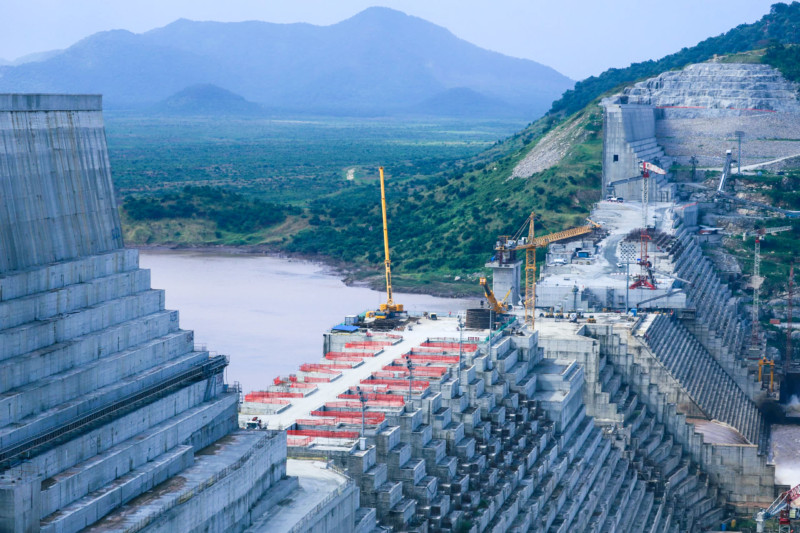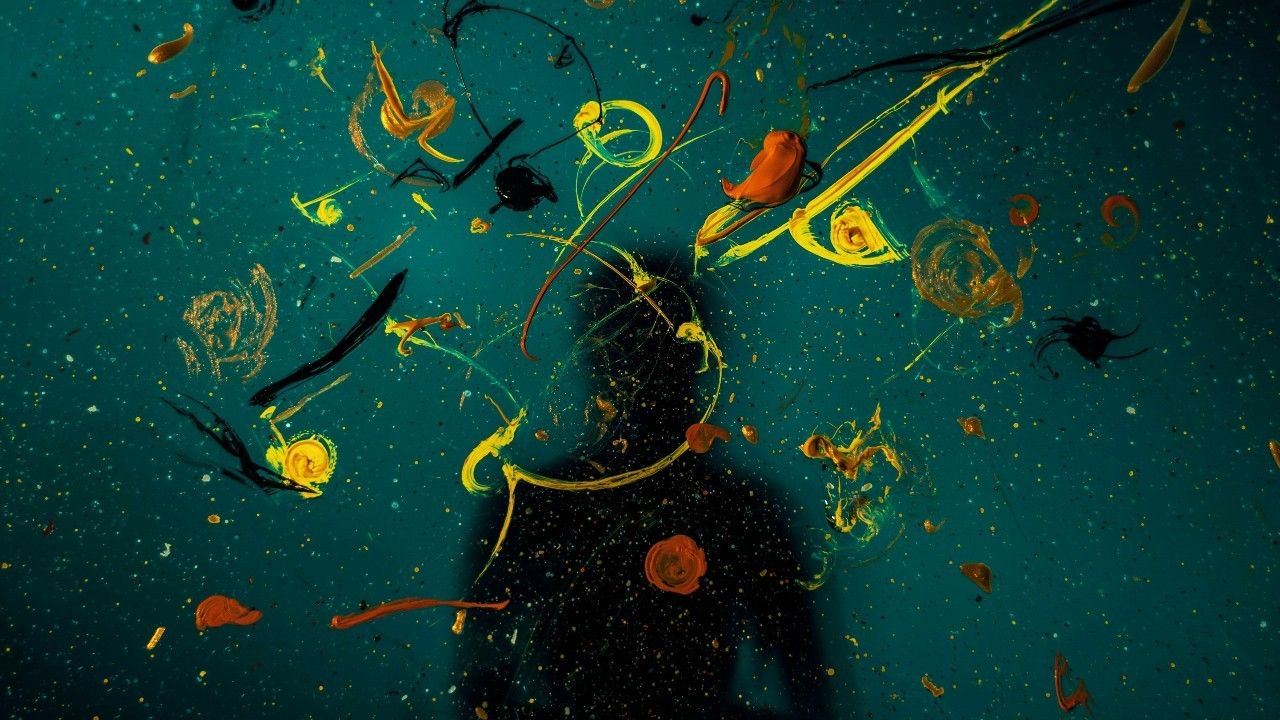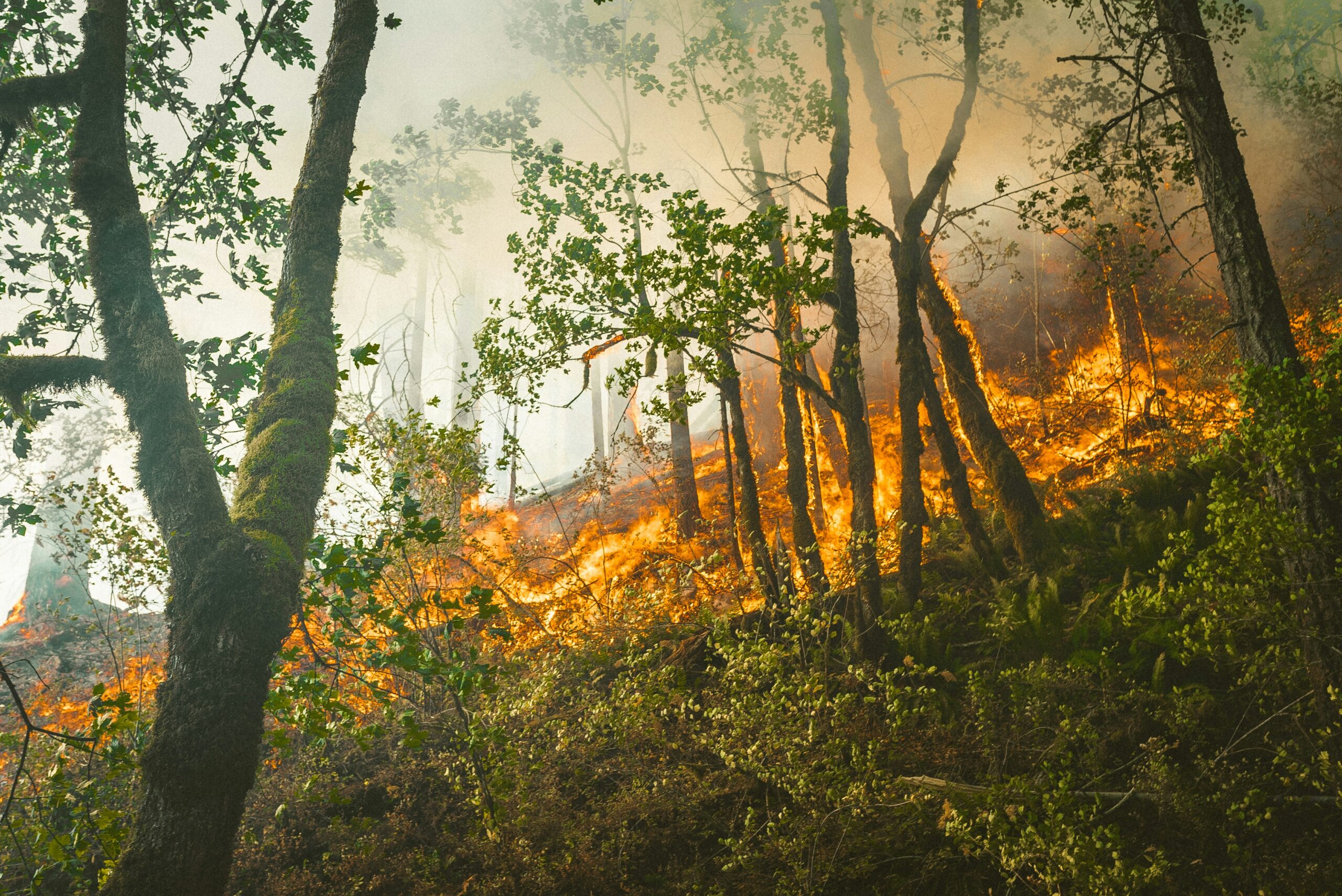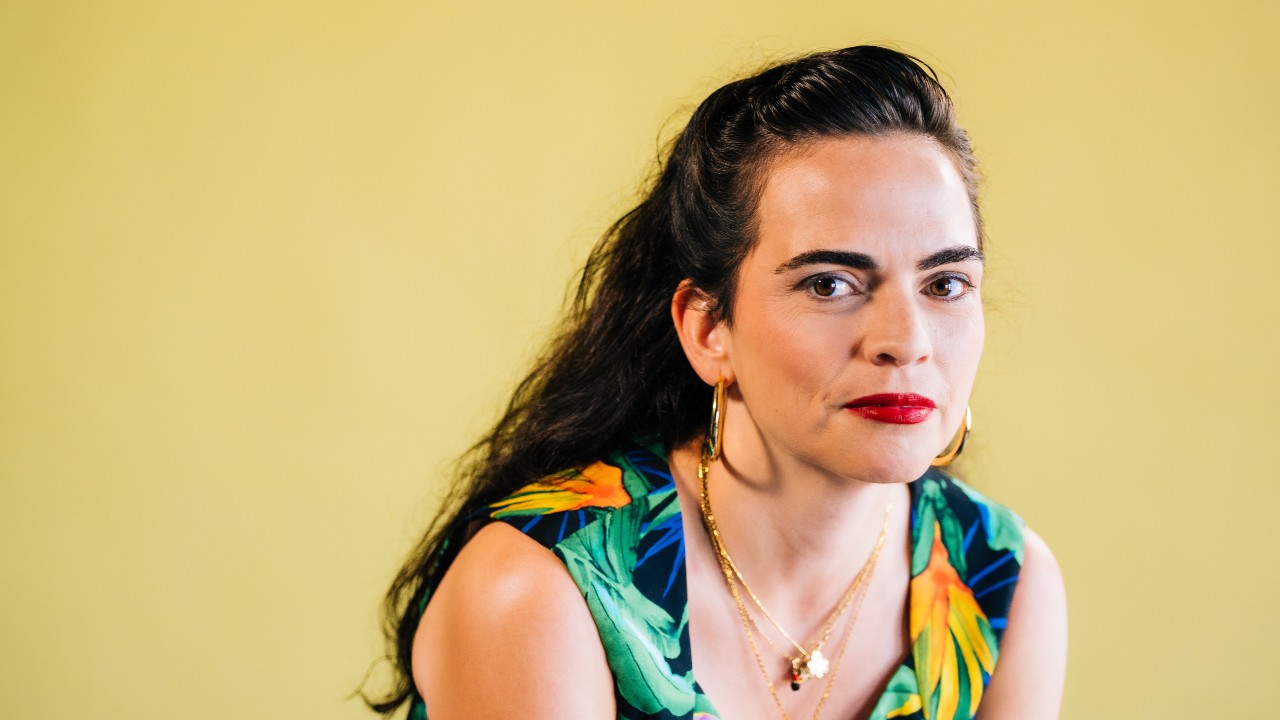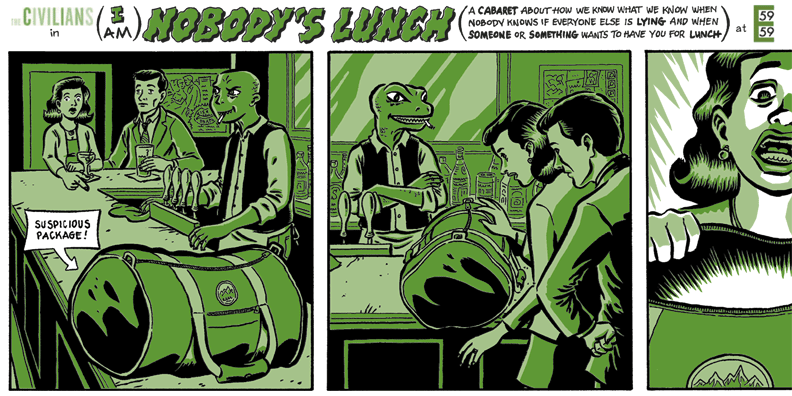PLAYING WITH STRUCTURE
Faith: One thing I wanted to ask: do you feel like when you are writing plays, or, and specifically with this one, that you’re coming up with new ways to write a play, like new forms, to create? I guess I’m thinking about how this project is so big in scope. And, I’m wondering if you are finding, “Oh, I’m going to have to think about new ways to construct… to build the container of of this story.” Or whether it’s like, “Okay, no, this is pretty much the usual way that I do it, but with some differences.”
Kareem: Great question. I mean, I feel that every time I start a play, I am completely starting from scratch. Actually, I love to work that way. Because I’m at the point now where… I used to say, “Oh, I’ve barely written any plays. I’m not really a writer.” And now that’s not true. You know, I’ve been at it for several years now. And what I’ve come to notice about myself is that what gets me excited about writing a new play is exactly that. It’s like, how do I create a new a new challenge for myself in terms of all of those things that you mentioned, you know, the container, the form, the structure. I think a lot of that comes from my directing background and that I’m kind of obsessed with structure. I’m obsessed with dramaturgy and structure and the various things like a play can do. A play isn’t a movie. A play can do so many different things. A play can exist in so many different forms and can have so many different modes of storytelling embedded within it, and can alternate through those forms. It’s thrilling!
I have to have a sense of the architecture of the play before I start to write it. That too is a long process of following your instincts, stress testing those instincts, going like, “Okay, is this really what it’s going to be?” And I don’t start a damn thing until I have a really exciting idea for how this play is going to challenge me in a new way. When it comes to Riparian States, it wasn’t until a few months ago that I had a strong instinct that the play would have a nontraditional structure in which there are three seemingly completely disconnected storylines with different sets of characters [in] different parts of the globe. You don’t immediately see how (or why) the play is dealing with these various subsets of characters and how they’re interconnected. It isn’t until the very end of the play that there’s any sort of confluence of those characters and their storylines. Once I recognized that that is what I was excited about, and that’s what I was going for, it energized me because I was like, “Okay, I have I have a thing now; I have a thing to explore.” I know why it’s interesting to me. Like, I know what it’s trying to do, you know? But then again, it was like a year and a half until I even came up with that much. And I’m still not entirely convinced it’s going to work, but you know, I’m going to try it.
To read about Kareem’s dramaturgical process (called “Source Work”), go to page 2.
To read about Riparian States, go to page 4.
To skip to the end, go to page 5.


